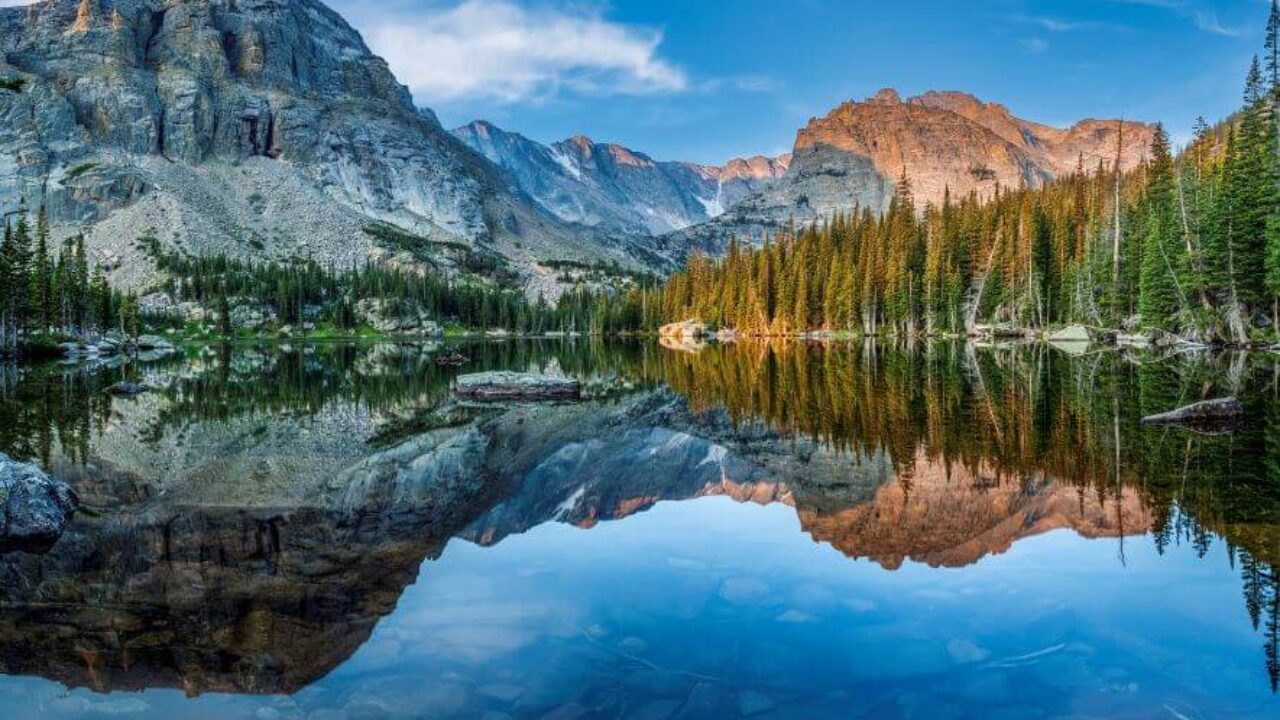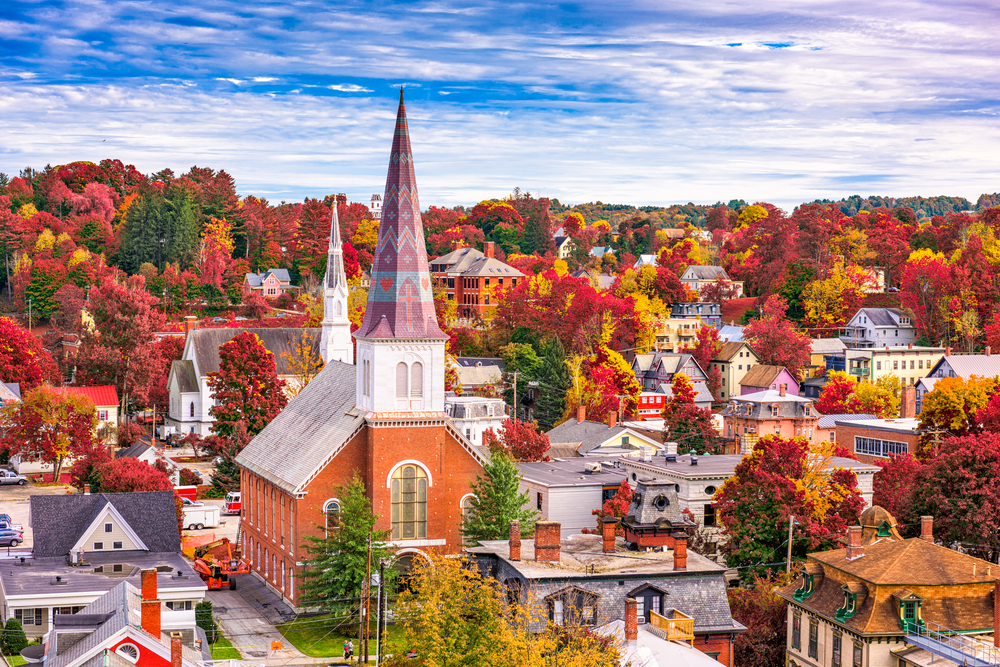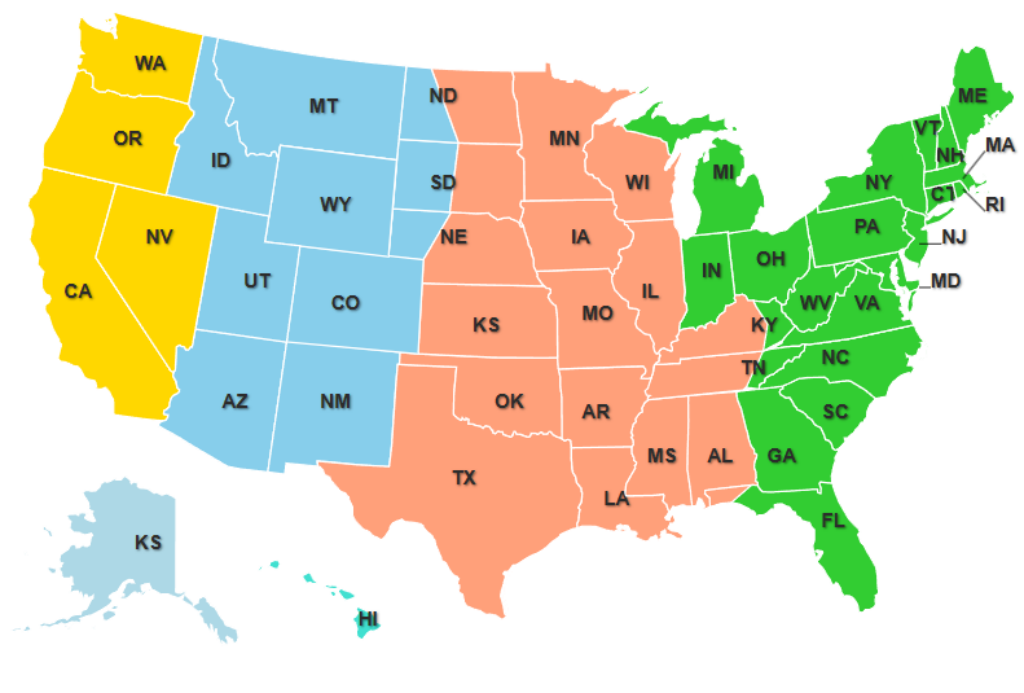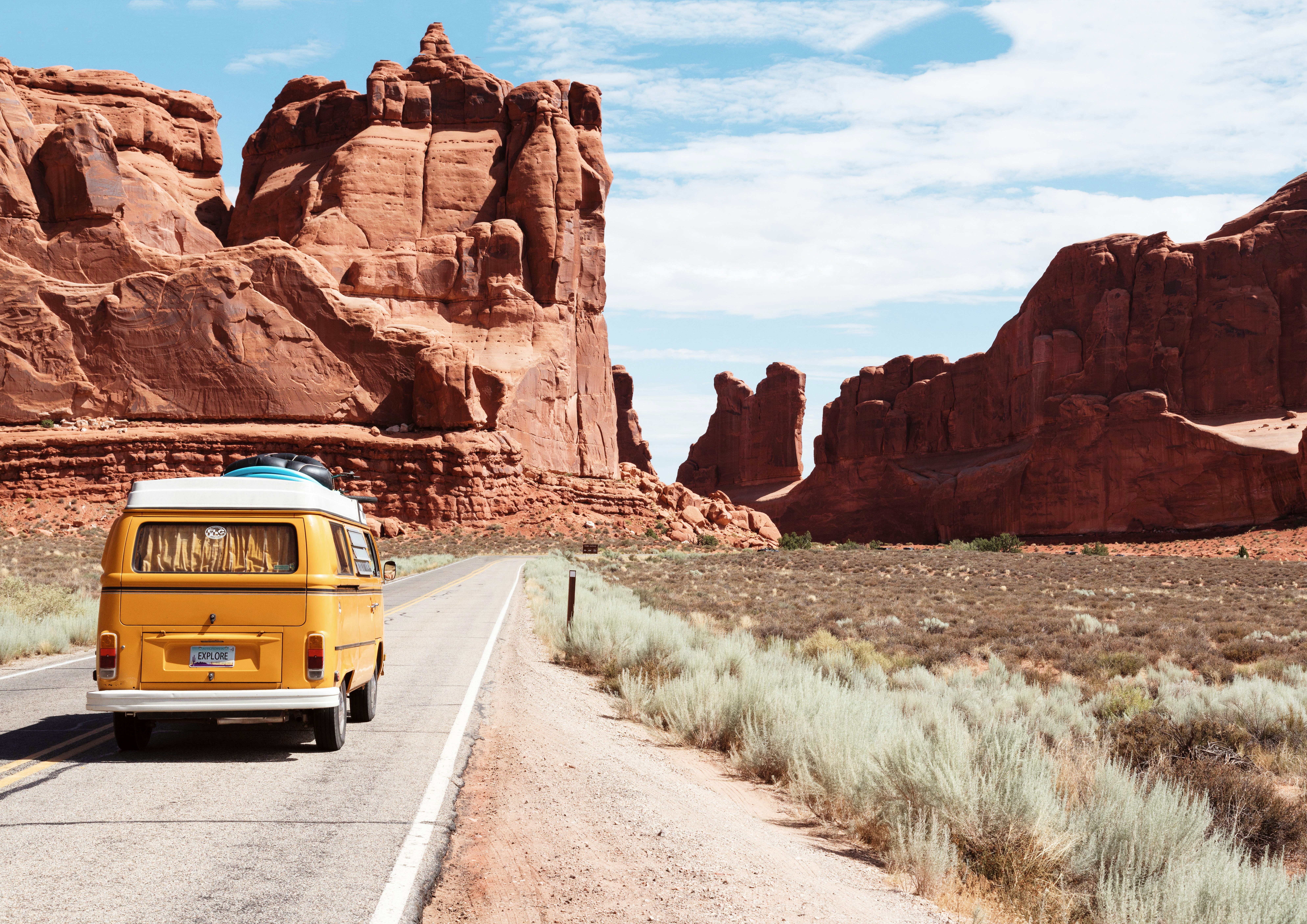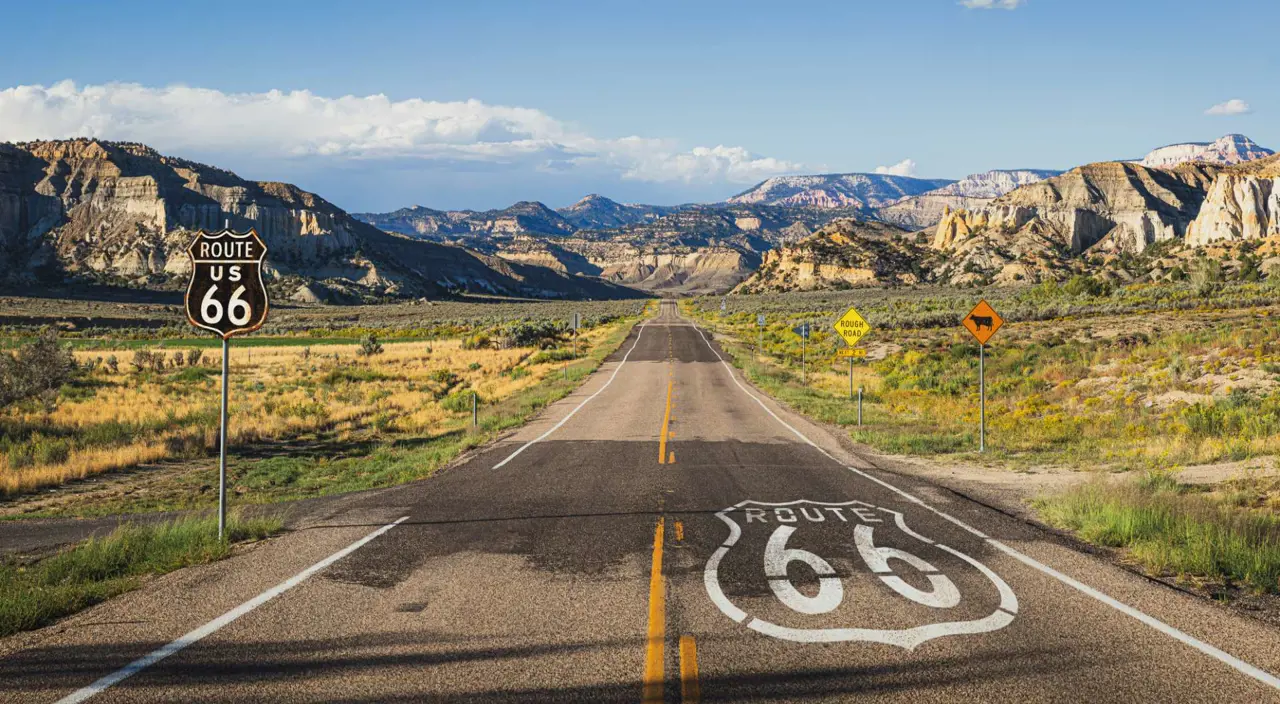Forget theme parks and crowded beaches. America's national parks are nature's ultimate showstoppers—places where you'll stand slack-jawed as half-mile waterfalls crash into pristine valleys, where ancient trees scrape the sky, and where stars actually look like they did before we invented light pollution.
Here are the top 10 national parks you absolutely must visit.
1. Yellowstone National Park
America's first national park remains one of its most spectacular. Yellowstone features over half of the world's geothermal features, including the famous Old Faithful geyser. The park's diverse ecosystem supports hundreds of animal species, including grizzly bears, wolves, and the largest wild bison herd in North America.
2. Grand Canyon National Park
This natural wonder stretches 277 miles long and up to 18 miles wide, with layers of red rock revealing millions of years of geological history. The Grand Canyon continues to carve this magnificent canyon, offering visitors breathtaking views and world-class hiking opportunities.
3. Yosemite National Park
Famous for its granite cliffs, waterfalls, and diverse wildlife, Yosemite is a paradise for outdoor enthusiasts. El Capitan and Half Dome draw climbers from around the world, while Yosemite Falls provides spectacular photo opportunities.
4. Zion National Park
Utah's first national park, Zion is known for its massive sandstone cliffs of cream, pink, and red that soar into a brilliant blue sky. The park's unique geography includes narrow canyons, emerald pools, and the famous Angels Landing trail. The Virgin River has carved some of the most scenic canyon country in the United States.
5. Glacier National Park
Known as the "Crown of the Continent," Glacier National Park features pristine forests, alpine meadows, rugged mountains, and spectacular lakes. The park is home to over 700 miles of trails and the scenic Going-to-the-Sun Road. Visit soon to see the park's namesake glaciers, which are rapidly disappearing due to climate change.
6. Acadia National Park
The first national park east of the Mississippi River, Acadia offers a unique blend of rocky beaches, woodland, and glacier-scoured granite peaks. Located primarily on Maine's Mount Desert Island, it's famous for Cadillac Mountain, the highest point on the U.S. Atlantic coast and the first place to view sunrise in the country.
7. Rocky Mountain National Park
Encompassing 415 square miles of spectacular mountain environments, Rocky Mountain National Park showcases the best of Colorado's mountains. With majestic peaks, alpine lakes, diverse wildlife, and over 300 miles of hiking trails, the park offers endless opportunities for outdoor adventure. Trail Ridge Road, the highest continuous paved road in the United States, provides stunning panoramic views.
8. Olympic National Park
Uniquely diverse, Olympic National Park encompasses three distinct ecosystems: glaciated peaks, Pacific coast, and temperate rainforest. From the dramatic Olympic Mountains to the lush Hoh Rain Forest and rugged Pacific shore, this park offers unmatched variety. It's home to some of the largest remaining stands of old-growth forest in the country.
9. Bryce Canyon National Park
Despite its name, Bryce Canyon is not actually a canyon but a collection of giant natural amphitheaters. The park is distinctive due to its geological structures called hoodoos, formed by frost weathering and stream erosion. The red, orange, and white colors of the rocks provide spectacular views at sunrise and sunset.
10. Sequoia National Park
Home to the largest trees on Earth, Sequoia National Park protects groves of massive giant sequoias, including the General Sherman Tree, the largest tree by volume in the world. Beyond the big trees, the park features deep canyons, towering mountains, and abundant wildlife. The park's terrain ranges from 1,370 to 14,494 feet (Mount Whitney, the highest point in the contiguous U.S.).
Planning Your Visit
Each of these parks offers unique experiences throughout the year. Summer is the most popular season for visiting, but consider shoulder seasons (spring and fall) for fewer crowds and mild weather. Winter visits can provide spectacular snow-covered landscapes and unique wildlife viewing opportunities.
Remember to:
- Book accommodations months in advance, especially for summer visits
- Check park websites for current conditions and entrance requirements
- Pack appropriate gear for the season and activities
- Follow park guidelines and practice responsible tourism
- Consider purchasing an America the Beautiful Pass if visiting multiple parks
